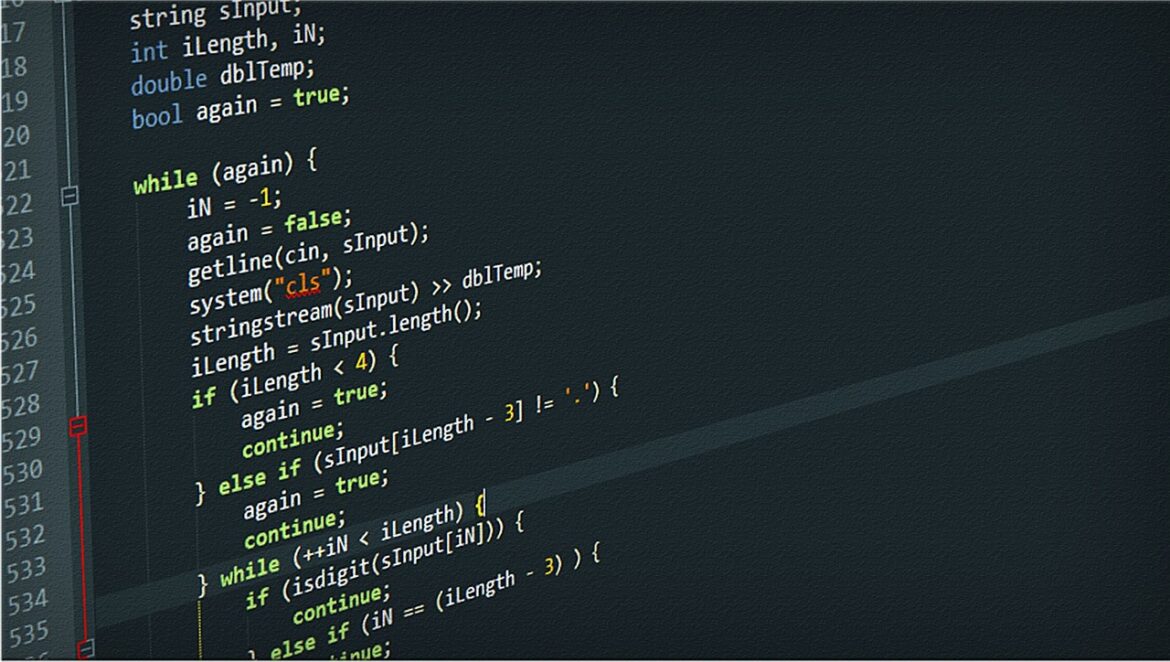In the rapidly evolving landscape of cybersecurity, open-source projects are playing a crucial role in safeguarding our digital lives. From AI-powered threat detection to secure data storage, these projects are not just novel; they’re essential for staying ahead of cyber threats. Let’s explore some of the most trending open-source cybersecurity projects that are making a real impact.
1. Open Source Security Foundation (OpenSSF)
OpenSSF is at the forefront of enhancing security in open-source software. It recently launched a free course to help developers prepare for the EU Cyber Resilience Act, aiming to boost security practices in the open-source ecosystem. This initiative is crucial as it equips developers with the skills needed to secure the backbone of digital infrastructure.
2. HashiCorp Vault
HashiCorp Vault is an open-source tool that securely stores and controls access to sensitive data. It uses encryption to keep your secrets safe, making it a cornerstone for companies managing confidential information. Despite recent vulnerabilities, HashiCorp continues to push updates, showcasing the community’s dedication to improvement.
3. GitHub Advisory Database
An indispensable resource for the cybersecurity community, GitHub’s Advisory Database aggregates security advisories and Common Vulnerabilities and Exposures (CVEs). It helps developers identify and fix security vulnerabilities in their projects, ensuring that open-source software becomes more robust over time.
4. Open Policy Agent (OPA)
OPA is an open-source, general-purpose policy engine that allows users to express policy as code and integrate it into their applications. This ability to codify security policies has transformed how companies handle access control and data management, making it easier to enforce compliance without manual intervention.
5. DARPA’s AI Cyber Challenge
This initiative by DARPA is part of a broader effort to revolutionize vulnerability detection and patching in critical infrastructure. By leveraging AI and machine learning, participants aim to virtually eliminate software vulnerabilities, which could mark a new era in cybersecurity—moving away from the patch-and-mitigate approach to a proactive, vulnerability-free environment.
These projects demonstrate that in the fight against cyber threats, collaboration and open-source innovation are key. By empowering more developers and organizations to contribute to security, we can build a safer digital world for everyone.
References:
- https://www.sentinelone.com/cybersecurity-101/cybersecurity/cyber-security-trends/
- https://www.crn.com/news/security/2025/20-coolest-new-cybersecurity-products-at-rsac-2025
- https://openssf.org
- https://www.rapid7.com/blog/post/2025/05/01/ai-and-resilience-take-the-spotlight-in-2025-key-trends-from-gartner-r-cybersecurity-research/
- https://www.webasha.com/blog/top-ai-cybersecurity-tools-vastav-ai-prisma-airs-falcon-more
- https://github.com/advisories
- https://www.simplilearn.com/tutorials/cyber-security-tutorial/what-is-cyber-security
- https://cyberscoop.com/darpa-ai-grand-challenge-rsac-2025-patching/



